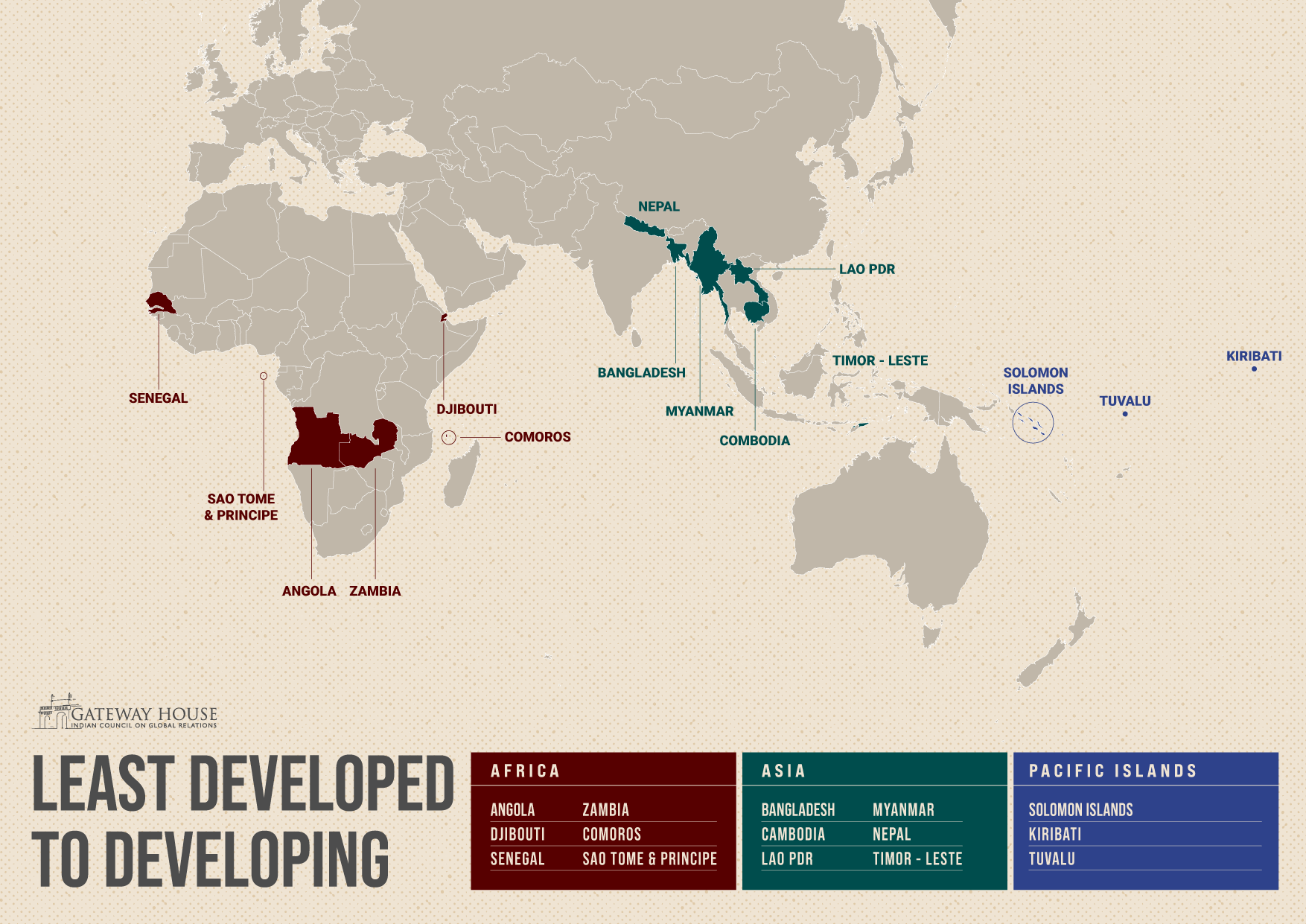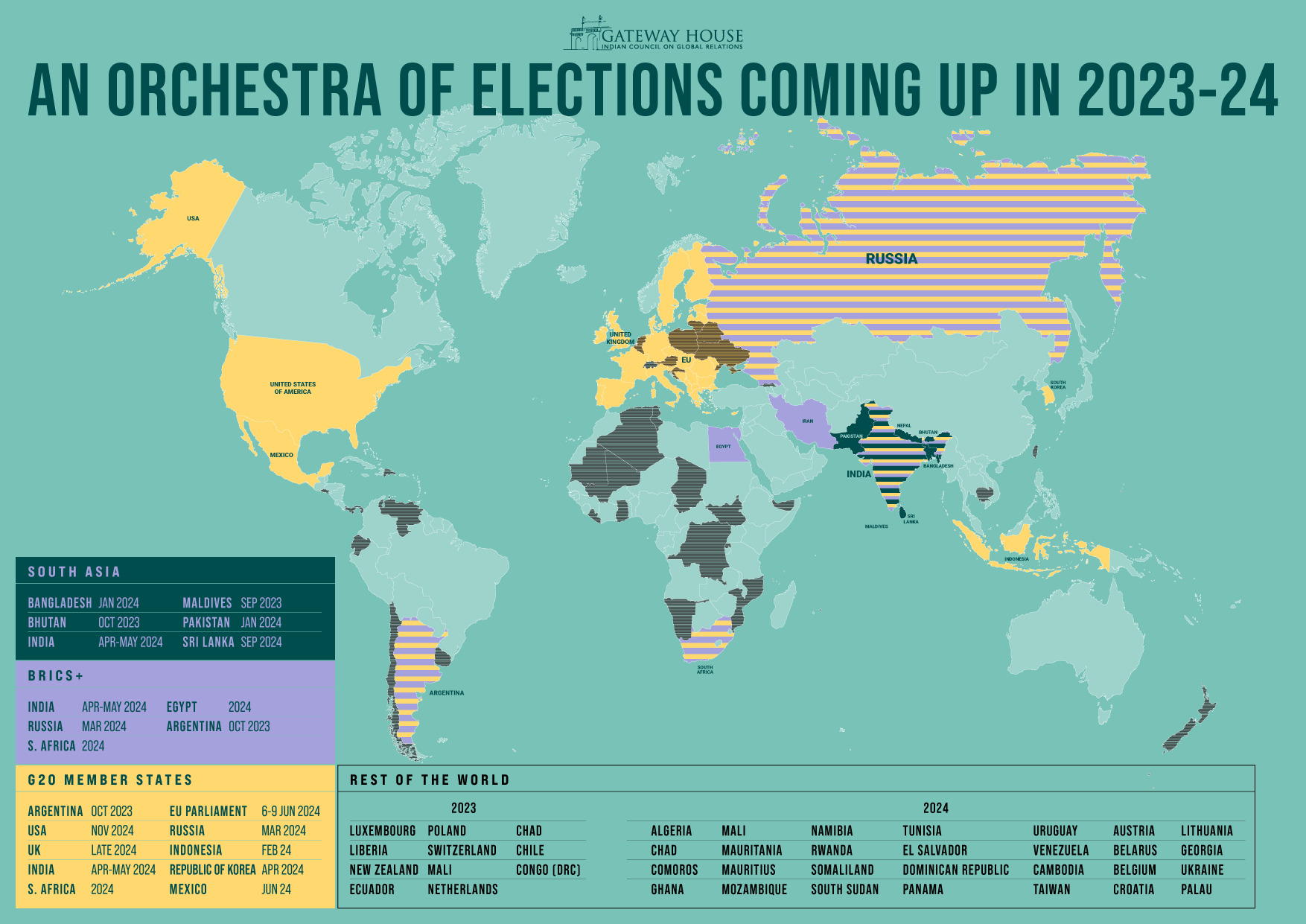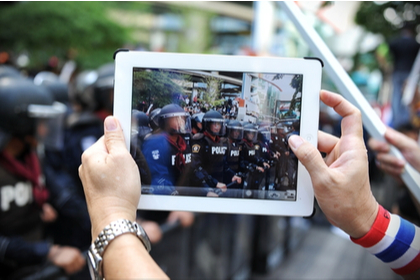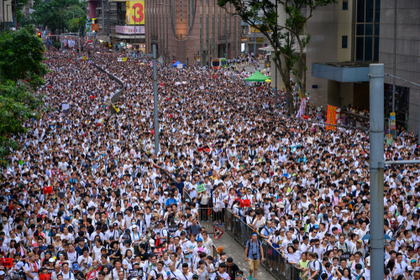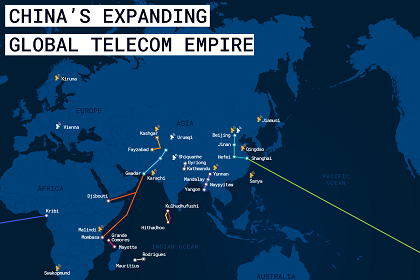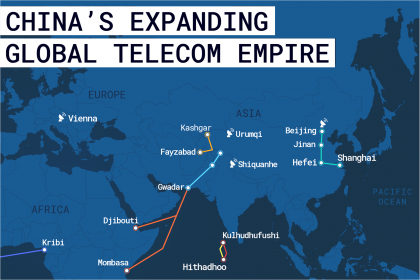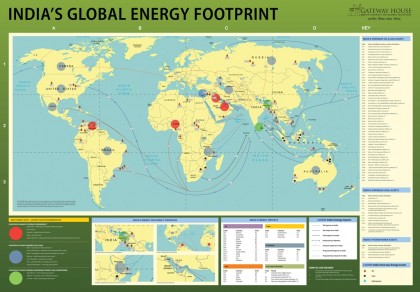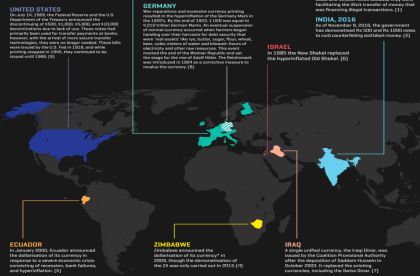Least developed to developing
The transition from least developed country (LDC) to developing country marks a major milestone for the world’s most vulnerable and structurally disadvantaged countries. The recent graduation of Bhutan into the 'developing' realm reflects the trend of accelerating development among least developed countries. Fifteen more LDCs are due to move up in the coming years, a clear improvement from the past.

